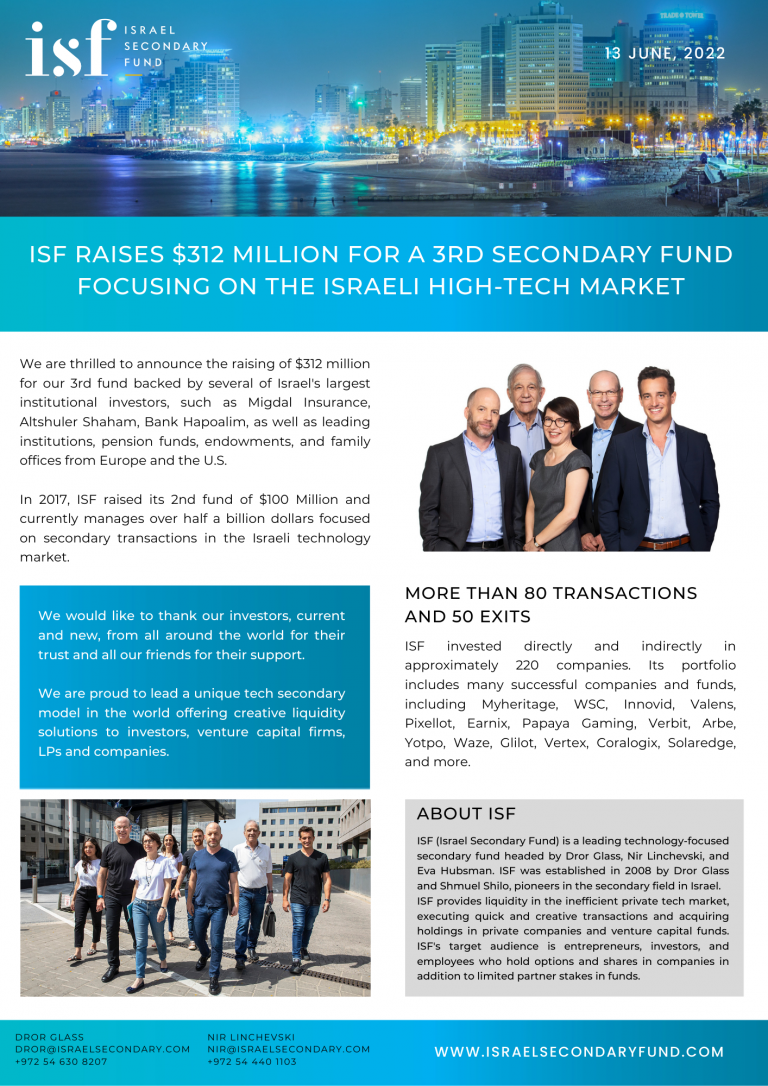When Limited Partners (LPs) explore the secondary market for their fund positions, conversations often begin with a seemingly straightforward question: “What’s the typical discount I should expect?”
This focus on discount percentages, while understandable, misses the more nuanced reality that underpins truly successful secondary transactions.
Each LP position represents a unique ecosystem of companies, commitments, and potential – one that deserves careful, individualized assessment.
The Multidimensional Nature of LP Interests
What makes selling LP interests more complex than it might initially seem? There are three key factors that create layers in every transaction:
1. Legal Limitations and GP Approval
LP interests, by design, aren’t easily transferred assets. Similar to startup investments, there are important legal limitations on selling these positions.
The fund manager is required to approve the buyer, and for good reasons. The buyer needs to meet certain regulatory requirements, and the fund manager wants to make sure the new investor understands their strategy to avoid future friction.
These approval requirements aren’t just bureaucratic hurdles, they’re important safeguards that protect all investors in the fund.
2. Valuing a Portfolio of Companies
When someone asks, “Doesn’t the NAV reflect the fair value of the interest? ” the answer isn’t about the accuracy of the valuation, but about forecasting future returns across multiple companies.
When you invest in a company, you analyse the opportunity on two criteria:
- What is the price when you invest?
- What is the potential return?
Now multiply this analysis by 10-20 companies to understand the potential outcome when buying an LP interest.
This is comparable to the difference between evaluating a seed-stage startup (primarily about the team) versus a growth-stage company (about the team plus financials, technology, and market). Each portfolio company requires its own sophisticated analysis, creating exponentially more complexity.
3. The Unfunded Commitment Factor
Perhaps the most overlooked aspect of LP interests is that they often come with future financial obligations that represent a liability for the buyer.
Not only are you buying the asset part of the LP interest, but you also take on any unfunded capital commitments. The buyer must maintain capital for these future calls – money that can’t be deployed elsewhere, representing a real cost that impacts valuation.
Beyond Simplistic Discount Metrics
Industry reports might suggest average discounts ranging from 30-50%, but these aggregated figures obscure the thoughtful analysis that drives individual transactions and flatten the diversity of portfolio compositions into misleading benchmarks.
The reality is that skilled secondary investors rarely rely on these generic discount benchmarks. Instead, they conduct thorough portfolio evaluations that consider each company individually.
In my experience, the most effective valuations come from investors with existing relationships and deep market knowledge of the specific ecosystem. This familiarity with both the individual portfolio companies and broader market dynamics enables a more nuanced, accurate assessment.
LPs who wait for better market conditions or “lower discount rates” simply continue to bear the risk of the position while paying the “opportunity cost” of allocating the potential proceeds elsewhere.
Navigating Your LP Secondary Transaction
For LPs considering the secondary market, I recommend an approach based on three key steps that can significantly improve your experience:
1. Set Clear Internal Parameters
Before approaching the market, define what success looks like for your specific situation:
- “What do I need to get out of this transaction to be happy with the result?”
- Establish your minimum acceptable threshold for proceeds
- Determine whether timing or price is your primary priority
- Create internal guidelines that will help you evaluate potential offers objectively
Having these parameters defined allows you to enter conversations with clarity about your objectives and assess whether potential opportunities align with your needs.
2. Select Knowledgeable Secondary Partners
Not all secondary buyers have the experience or capability to properly value VC fund interests. When evaluating potential partners, carefully assess:
- Relevant Experience: Have they completed transactions in your geography? Are they familiar with the local ecosystem? Remember, VC secondaries represent a specialized sub-niche of the broader secondary market.
- Evaluation Approach: How would they evaluate your portfolio? Do they simply apply standard discount rates, or do they conduct a thorough analysis of individual portfolio companies?
- Process Efficiency: Partners who are already familiar with portions of your portfolio can often provide valuations more quickly, sometimes within weeks rather than months.
Working with secondary specialists who understand your specific portfolio typically results in a more accurate and fair valuation.
3. Have a Candid Conversation with Your GP
The GP’s cooperation is essential to any secondary transaction. While you can complete steps 1 and 2 before approaching your GP, at some point you’ll need to:
- Have an open discussion about your liquidity needs
- Ensure they understand your objectives and timing
- Secure their collaborative support for the process
- Benefit from their perspective on the portfolio and process
It doesn’t have to be your first discussion, but do your homework because the GP needs to collaborate. Make sure they are aligned, appreciate their support, and explore how they can help with the process.
Many secondary specialists have established relationships with fund managers and can offer guidance on these conversations. They can help strategize on the best approach and sometimes address concerns by explaining what’s needed from the GP.
In practice, GPs often appreciate transparent processes and a comprehensive understanding of their portfolio, making them more comfortable with facilitating transactions. This collaborative approach typically leads to smoother processes for all parties involved.
The Value of Sophisticated Partnership
The secondary market has matured beyond simple discount metrics into a sophisticated ecosystem where knowledgeable partners can unlock value through nuanced analysis and creative structuring.
What truly matters isn’t achieving an arbitrary discount benchmark, but rather finding a secondary partner with the expertise to recognize the unique qualities of your specific holdings and the ability to execute the transaction efficiently for everyone involved.






